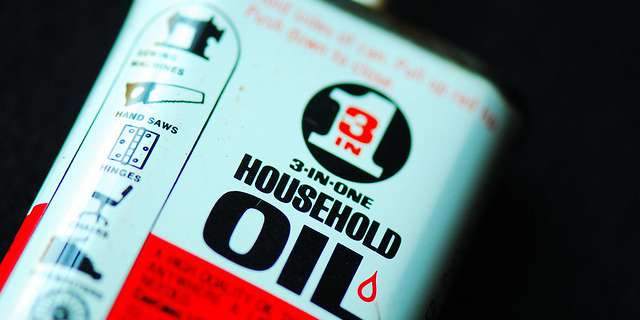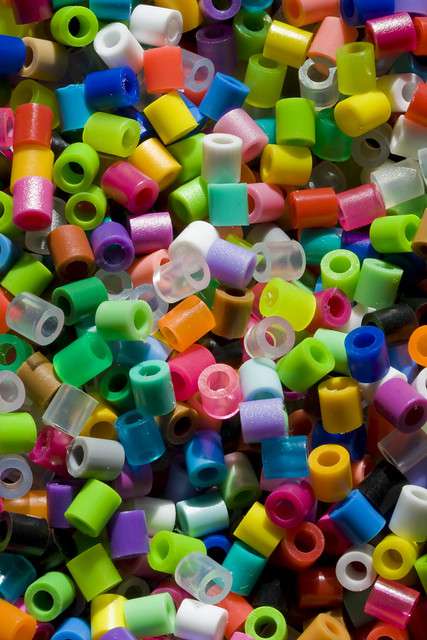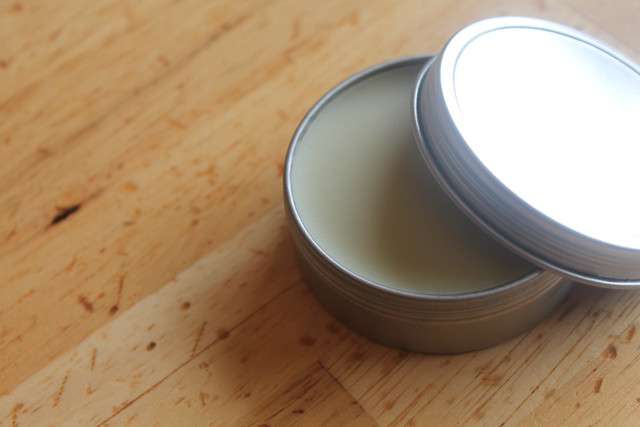
Petroleum is used in the development of numerous products and applications. Refinement and quality control of these products all rely on color analysis to meet regulatory standards for safety and quality. Image Source: Flickr user Steve Snodgrass
Color is a key indicator of quality in petroleum-based products and developing a color range is an important part of the refinement process. A color range can often be used for monitoring contamination and quality control. Petroleum-based products make up a wide variety of manufactured goods; with consumers relying on color for acceptability, it’s crucial to meet the quality standards of visual perception.
There are several test methods available for determining the color of refined oils and these are necessary for addressing the use of petroleum within a variety of applications. From fuel sources to pharmaceuticals, color analysis plays an important role in developing products that are high in quality and safe for use. Spectrophotometric determination and quantification of color is commonly used for developing color range measurements needed for monitoring variations in processing and meeting standardization requirements.



